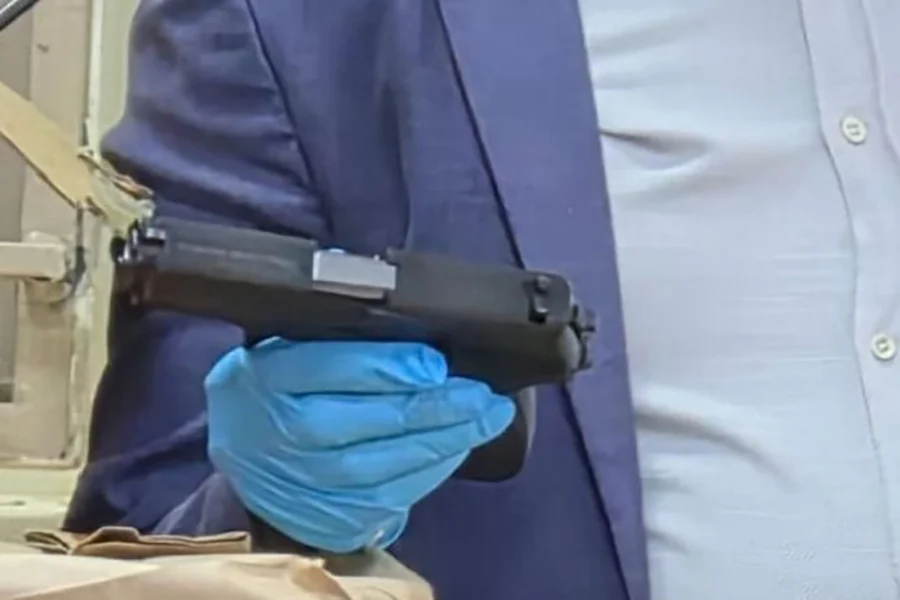Gunshot Residue Cannot Prove Who Fired Gun, Court Told in Katanga Trial

A government toxicologist has told the High Court in Kampala that the presence of gunshot residue (GSR) on a person cannot be used to determine whether they fired a gun, casting fresh light on the complex forensic details in the ongoing trial of Molly Katanga.
Dr Jaffer Kisitu, a toxicologist with the Government Analytical Laboratory, made the clarification on Thursday while appearing as arosecution witness before Justice Comfort Kania.
“There is a minimum criterion for confirming gunshot residue,” he explained.
“If the sample does not meet that standard, it will not be reported as GSR.”
The trial, which has gripped national attention, centres on the 2023 death of businessman Henry Katanga.
Molly Katanga, his widow, is facing murder charges, which she denies.
Dr Kisitu told court that samples labelled M2 and M3 — cotton swabs taken from Molly Katanga’s right hand — were submitted for analysis on November 10 2023. He confirmed that GSR was not detected in those samples.
However, he said that a chemical compound “consistent with gunshot residue” was found on her left hand, in sample M1.
Still, he stressed, the finding did not meet the threshold for a positive identification of gunshot residue under forensic standards.
When defence lawyer Elison Karuhanga asked whether this meant the test was inconclusive, Dr Kisitu agreed, saying two Category 1 compounds are required to confirm GSR under the minimum reporting standard.
In sample M1, only one such compound was found.
“Gunshot residue cannot be used to infer whether the person fired the firearm,” he said. “But it can be used to associate a person with a discharged firearm, or indicate that they were in contact with or near where it was fired.”
The toxicologist’s refusal to interpret the lab findings prompted Justice Kania to question the purpose of such reports if experts would not explain them.
Mr Karuhanga also pointed out that the M3 sample did not meet the criteria outlined in the toxicology report’s section 10:3:1 and argued it could have come from a source other than a discharged firearm.
He insisted it should have been reported as a negative result, as was done with M2.
The testimony reinforced that of the 11th prosecution witness, ballistics expert Derrick Nassawali, who earlier told court that suicide could not be ruled out as the cause of death.
Mr Nassawali also said Molly Katanga had suffered broken index fingers and fractures in both arms at the time of the shooting.
Asked whether she could have fired a weapon in such a condition, he replied that while it might be possible for someone highly trained, it remained highly unlikely.
The bearing continues on Tuesday.
Dr Jaffer Kisitu, a toxicologist with the Government Analytical Laboratory, made the clarification on Thursday while appearing as arosecution witness before Justice Comfort Kania.









0 Comments